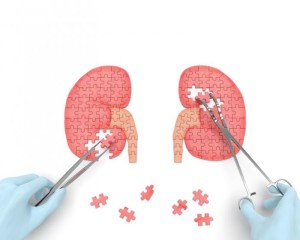The kidneys are a pair of organs that play a number of vital roles in human body. Their functions include waste management, regulating fluids, and balancing minerals.
They help orchestrate the production of the red blood cells and, every 30 minutes, the kidneys filter body’s entire volume of blood.
Damage to the organ with so many important functions is serious medical issue; any new technology that might help to protect the kidneys has the potential to be a lifesaver. Many patients in intensive care unit experience some level of kidney.
Kidney toxicity
Kidneys respond to the drugs differently depending on number of factors, including the age of the patient, current medications, and the other diseases that they might have. Because of this, determining what drug dosage use can be challenging.

Individuals being cared for ICU are particularly at risk of damage to kidneys. This is because they are more likely to already be on the other medications or have additional medical conditions. Additionally, ICU patients often undergo a multiple treatments at once, making predictions even more difficult.
A microfluidic chip is designed to device mimics way in which the drugs are removed by the kidneys.The device consists of permeable polyester membrane and the layer of cultured human kidney cells sandwiched between an upper and the lower compartment. By closely the mimicking the internal environment of the kidney, that the device will become a reliable way of testing medications on the kidney.
To test groundbreaking kidney-on-a-chip, by using common antibiotic – gentamicin. First use high concentration that rapidly tailed off, mimicking the patient being given a once-daily drug. Secondly, using a lower concentration over a longer duration, mimicking slow infusion of the drug. Next using kidney cells from chip and tested them for damage. At last the infusion was significantly less harmful to the kidneys than the continuous infusion, despite both delivering same total volume of the drug.
It has the potential to significantly reduce drug-related kidney damage in ICU and elsewhere.
